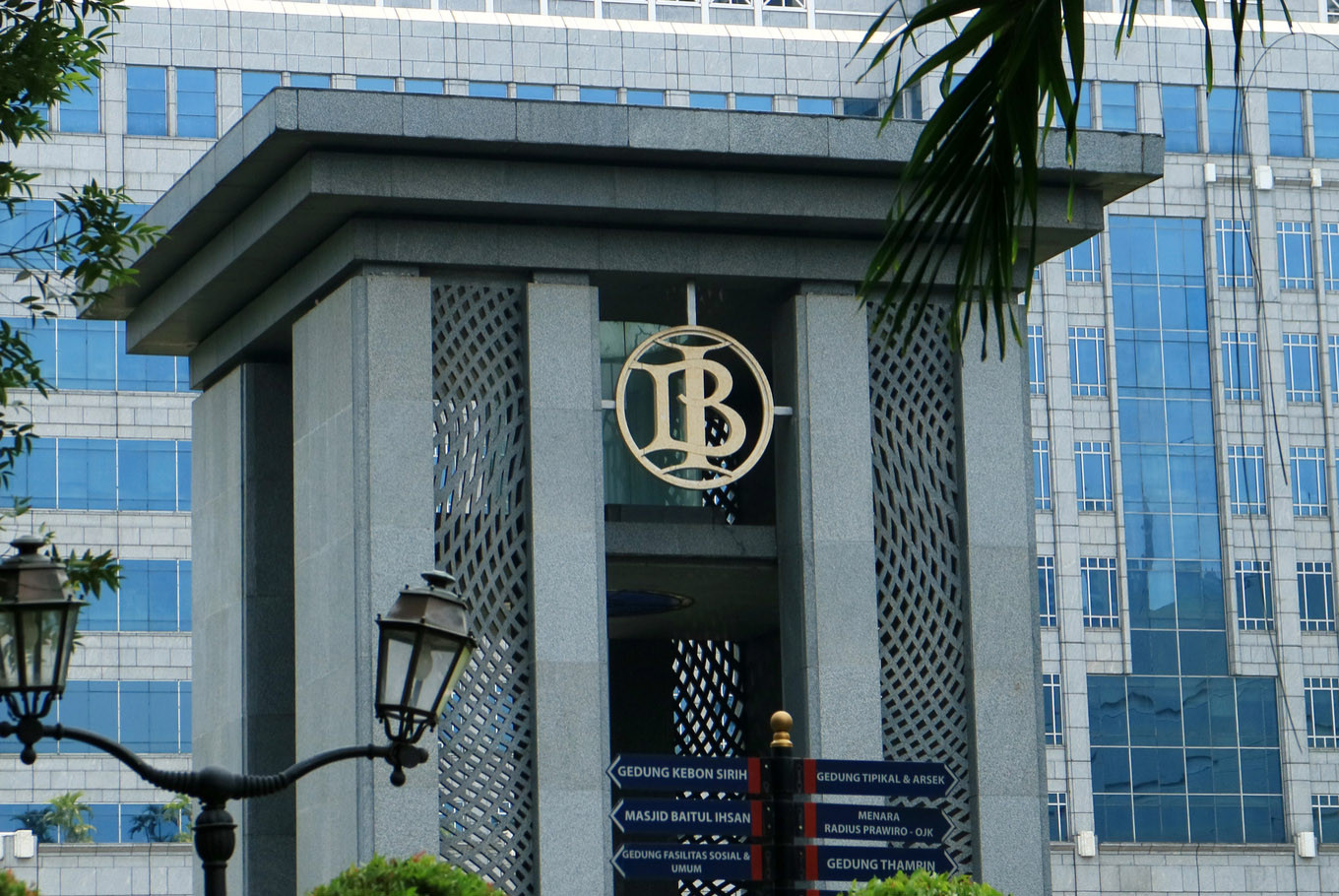Popular Reads
Top Results
Can't find what you're looking for?
View all search resultsPopular Reads
Top Results
Can't find what you're looking for?
View all search resultsBI maintains rate at 5 percent, lowers GWM by 50 bps
Bank Indonesia (BI) decided to maintain the seven-day reverse repo rate on Thursday at 5 percent after it cut the key rate by 100 basis points (bps) in July in a bid to boost economic growth amid rising global risks.
Change text size
Gift Premium Articles
to Anyone
B
ank Indonesia (BI) decided to maintain the seven-day reverse repo rate on Thursday at 5 percent after it cut the key rate by 25 basis points (bps) in October in a bid to boost economic growth amid rising global risks.
“With improving global and domestic economic conditions amid ongoing trade tensions, the board of governors meeting decided to keep the seven-day reverse repo rate at 5 percent,” BI Governor Perry Warjiyo said in a press briefing in Jakarta following the central bank’s two-day board of governors meeting.
The central bank maintained the deposit facility rate at 4.25 percent and lending facility rate at 5.75 percent.
BI also announced it decided to lower the average primary reserve requirement (GWM) – the minimum amount of bank liquidity held by the central bank – by 50 bps. The new policy, he said, would make conventional banks’ GWM rate go down to 5.5 percent, while Islamic banks’ GWM rate would become 4 percent.
Perry said the new policy would give additional liquidity of Rp 26 trillion (US$1.85 billion) to the two types of banks, with conventional banks receiving additional liquidity of Rp 24.1 trillion and Islamic banks receiving Rp 1.9 trillion.
The new policy, he said, would take effect on Jan. 2, 2020, to boost liquidity in the first quarter of next year.
“This is part of our forward-looking and preemptive steps to anticipate tightening liquidity in the first quarter and also support the banks so they won’t have to worry about liquidity when they disburse more loans in the second quarter,” he said.










